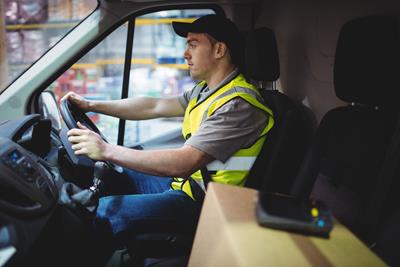The Use of Two Way Radio Equipment in a Vehicle

The law states that two-way radio means any wireless telegraphy apparatus which is designed or adapted (i) for the purpose of transmitting and receiving spoken messages; and (ii) to operate on any frequency other than 880 MHz to 915 MHz, 925 MHz to 960 MHz, 1710 MHz to 1785 MHz, 1805 MHz to 1880 MHz, 1900 MHz to1980 MHz or 2110 MHz to 2170 MHz.
Hand Held Device
Is defined as a device which performs an interactive communication function by transmitting and receiving data. Also, a piece of computing equipment that can be used in the hand, such as a smartphone or tablet computer. Dangerous Driving
Is defined as using a hand-held mobile phone or other hand-held electronic equipment whether as a phone, satellite navigation or to compose or read text messages when the driver was avoidably and dangerously distracted by that use. Careless or Inconsiderate Driving
Is defined as using a hand-held mobile phone or other hand-held electronic equipment when the driver was avoidably (but not dangerously) distracted by that use. Although the equipment is classified differently, the penalties for use may well be the same, in that you need to be in control of the vehicle at all times. One area for consideration that is often missed is Health and Safety legislation. All employers have a duty of care towards their employees. Whenever an employee is asked to use a device when driving consideration should be given to their wellbeing and safety. To reduce the risk a clear policy should be in place taking into consideration the above legislation providing clear instructions to the user on the use of the equipment within the vehicle. The difference in the way devices are classified may be because of the complexity of mobile phone use as opposed to two-way radio. Our Two-Way Radio and Push to Talk (3G/4G) technologies work in the same way from the user point of view. Whereas when using a Mobile phone it may be necessary to make a call by selecting the required number from a list or answering a call from an unknown caller etc. A complex procedure when driving. Hands free equipment can be fitted within the vehicle to reduce the risk for both technologies. Although this reduces the risk once the call is answered you still need to find the number to call. Whereas when using Icom Two-Way Radio and Push to Talk (3G/4G) technologies there is no call setup required. Icom equipment can be setup to receive a individual or group call that will be connected automatically. With our Two-Way Radio and Push to Talk (3G/4G) technologies you do not have to answer a call all communications intended for you or your group are automatically routed to the device. The use of any equipment while driving increases risk and where possible this risk should be reduced by using technology designed for and tailored to your requirements. Icom UK have many years’ experience in the design of systems specifically designed to meet the customer’s needs.

